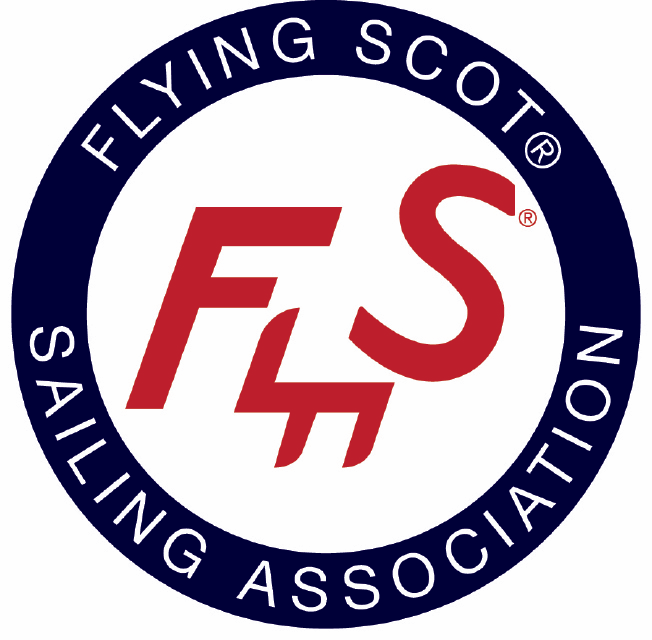"Fast Boats" vs "Slow Boats"
Submitted by Scott Mauney on Mon, 03/02/2015 - 12:22
Forums:
An A kite is not always faster than a symmetrical chute - overall, weight is the most important factor. All else equal the lighter the boat the faster it will go, and the faster it will depreciate and be subject to damage under normal wear and tear.
The best sailors in the world sail slower boats on a regular basis: Ben Ainslie - Lasers and Finns. Paul Foerster - Sunfish, Jeff and Amy Linton - a Flying Scot.
I have nothing against high dollar carbon fiber boats: However, the type of boat you sail will not make you a better sailor. Sailing an affordable long lasting boat against great sailors will win this race.

James Titus
Wed, 03/18/2015 - 23:07
Permalink
Weather Helm
3430 suffers from devastating weather helm. I've done all the right things. Oatmeal for breakfast, floss, kept the lawn mowed, still had helm. Thankfully, all my fellow sailing pals at the sailing club piped up with lots of suggestions: let out the main sheet, raise up the centerboard a bit, tighten up the cunningham, angle the rudder blade back some, did you check your forestay tension?, balance the crew, ... So I do all those things, but hey! I've got weather helm just sitting tied up to the dock! When I say weather helm, I had it so bad that in a 10 mph puff the boat would round up into the wind and come to a dead stop, while watching the parade of Flying Scots pass me by like I had tossed out my anchor. I read here how you can drill new holes in the rudder head cheek plate, and shift the attachment for the main back an inch. But think a bout it. That makes no sense. If you have weather helm, you want the center of effort to shift forward, not farther aft. If it does anything it puts automatic twist to the tiller, sort of like power steering on a car, right? It would take less effort to hold thetiller and plow the water with the rudder blade. So, you know what? None of the previous adjustments reduced the weather helm even a bit. Moving that pin back on the rudder head totally fixed the weather helm, the rudder blade is not braking the boat in the puff. Makes no sense. Took the boat out single handed in steady 22 mph for a test of my bravery. No weather helm. It was quite a ride, but the boat handled much better. Doesn't make any sense why it works. It should not work at all. But there you have it.
sawyerspadre
Thu, 03/19/2015 - 18:59
Permalink
Hmmmmm
so, is it actually taking away the weather helm, or is it just reducing the feeling of helm? It seems if the center of effort and center of lateral resistance are balanced, you should have neutral helm. Moving the main sheet tackle back an inch doesn't seem like it would change that balance.
peanut gallery, we may need more comment on this
CharlieB
Wed, 07/06/2016 - 15:30
Permalink
3430 weather helm
Hi Jamie. I had that trouble when I owned 3430, but I wasn't sure, and I'm still not sure, how much of the problem was my inability to keep her flat. It has taken me long practice to begin to keep the heel constant in heavy air, and helm has decreased over time.
I also suspect that the centerboard on that boat is not shaped correctly. I learned recently (before I sold the boat to you) that some Scots from that era had bad centerboards. I'm not sure how that would affect helm but it probably could. I know I'm pointing much higher in 5971 than I ever did in 3430. Maybe try borrowing someone's centerboard and see if there's a difference.
Don't try to fix it with forward rake. I tried every combination without success.
James Titus
Thu, 07/07/2016 - 10:18
Permalink
Weather Helm
Fixed!
Of course the problem and solution was there the whole time.
I wore out the North Jib, and bought a tenderly used set of Schurr Sails, very crisp, but with older Loose design.
That meant I had to change the tuning on 3430. I put the side shrouds on the upper hole of the stantion (mine have two holes, one lower that I had been using, and the upper. Then I set the fore-stay loose at like 40 pounds.
Checked the dimension from mast sheave to transom. Perfect.
Took the boat out in medium conditions, like 9 mph. Zero weather helm. You could hold the boat straight with just your pinky. Pulling in the main streered the boat up, and lettiing out steered down. The boat now feels balanced, if you sit forward a bit you can feel the boat lean a bit forward, like you were on the fulcrum of a teeter totter. Cool.
I pulled the centerboard last year and repaired and gelcoated and faired it.
I have since heard from Joe that the older Scots had a slight defect in the mold for the Centerboard, and that later models had that fixed. I think I'll contact the "Store" and see if they have a template that I could use to see if my board needs some further shaping.
Joe said my number one Priority should be to shim the centerboard as mine has about 3/16" wiggle room. In the mean time this is the exact width of a "Lowes" yardstick, that goes in and out pretty easily.